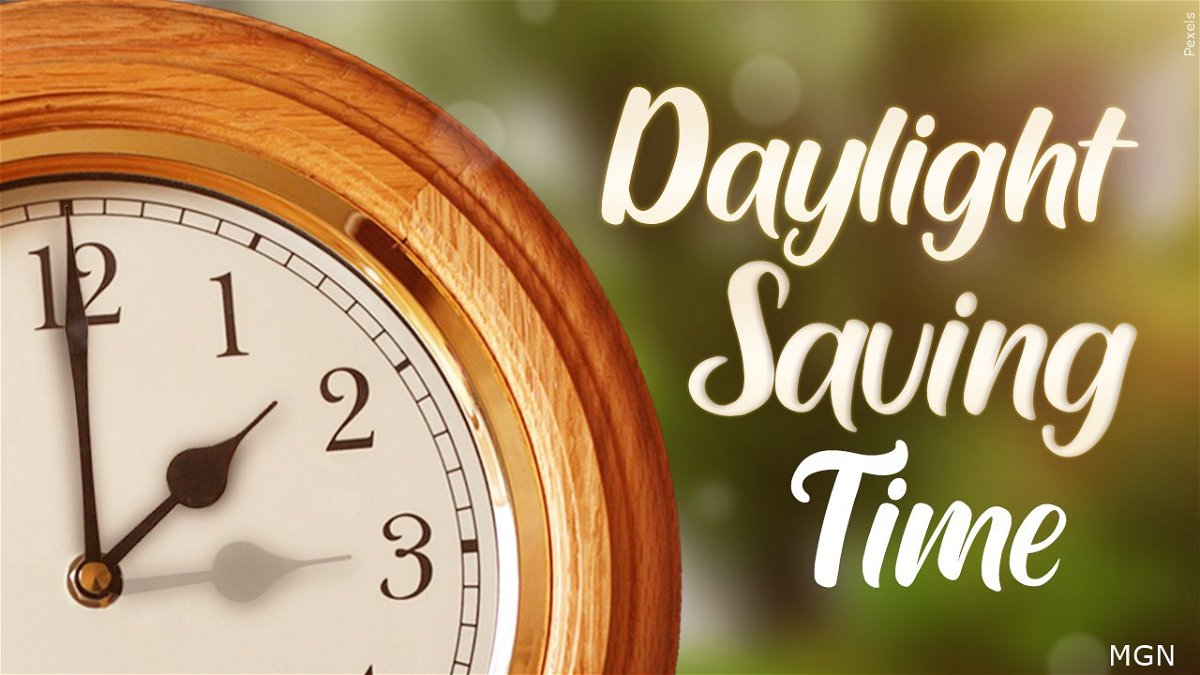What is Daylight Saving Time?

By Katia Hetter, CNN
(CNN) - It's almost time for clocks to "fall back" one hour.
On the first Sunday of November, at 2 a.m., clocks in most of the United States and many other countries turn back an hour and stay there for nearly four months on what is called standard time. On the second Sunday of March, at 2 a.m., clocks move forward one hour back to Daylight Saving Time.
Daylight Saving Time has its roots in train schedules, but it was put into practice in Europe and the United States to save fuel and power during World War I by extending daylight hours, according to the US Department of Transportation's Bureau of Transportation Statistics.
The US standardized the practice when it passed the Uniform Time Act of 1966. For about eight months of the year, much of the US and dozens of other countries follow Daylight Saving Time. And for the remaining four months, they follow standard time.
Pro tip: It's Daylight Saving Time, with singular use of "saving," not "savings."
In the US, states are not required by law to "fall back" or "spring forward." Hawaii and most of Arizona do not observe Daylight Saving Time.
The twice-yearly switcheroo is irritating enough to lawmakers of all political stripes that the US Senate passed legislation in March to make Daylight Saving Time permanent. It passed by unanimous consent. The bill still needs to pass the House of Representatives and be signed by President Joe Biden to become law. If approved, the change wouldn't take effect until November 2023.
Benjamin Franklin may have been the first to mention Daylight Saving Time in 1784 when he wrote a letter to the editor of the Journal of Paris. But it wasn't widely used until more than a century later.
The-CNN-Wire
™ & © 2022 Cable News Network, Inc., a Warner Bros. Discovery Company. All rights reserved.